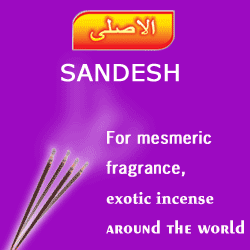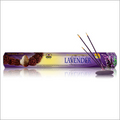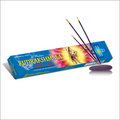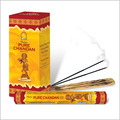|
|
| |
| Padma Perfumery Works Replenish your senses! |
| Rose Incense |
White Musk Incense |
Al Oudh Incense |
Sheik Al Arab Blue |
Jasmine Incense |
|
|
|
|
|
 |
 |
 |
 |
 |
|
|
|
| Home |
 |
> Cultural Variation |
|
Cultural Variation of Incense
Indian Incense
Using incense or "agarbatti" for prayers, to ward off evil, and as an aromatherapy substrate is not new to India, but is actually entrenched in the cultural fabric of the nation. Thus, the art of using fragrant incenses for masking unpleasant odors and creating mystical auras finds elaborate ascription in different religious texts of the land, including the Atharva-veda and the Rigveda.
|
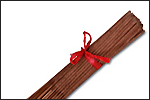 |
Chinese Incense
Like Indians, the Chinese have been using incenses for thousands of years. The first possible use of incense in China was believed to be done using traditional herbs and woods, in the late Eastern Zhou Dynasty (770 – 256 BC). Incense use in China however gained momentum during the Han Dynasty (206 BC – AD 220) with increased trade activities, which led to the arrival of and consequently growing demand for exotic foreign incense materials from outside.
|
 |
Japanese Incense
The art of using incense came to Japan from China in the year 538 CE. Japanese exclusively imported incense from China in those early days, until eventually they mastered the incense making art and began indigenously manufacturing incense in an array of pleasing aromas and fragrances. So, similar to Chinese incense, Agarwood (Jinko) and sandalwood (Byakudan) are also used as the two most essential ingredients in manufacturing Japanese incense.
|
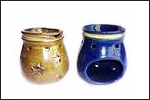 |
Tibetan Incense
Tibetan incense and tibetan incese products are quite popular across the world because of their distinct quality and unique fragrance.
|
 |
|
|
|


